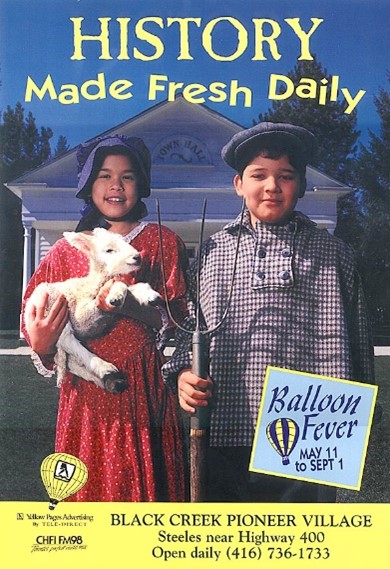I have worked in both the US and Canada one thing I have found curious is that the markets have approached Diversity and Inclusion in two different ways.

First the US: When I worked there twenty five years ago, there were quotas for “minorities” to appear in commercials.
Clients required these quotas to be met to qualify for government contracts. That is, if the client was selling direct to the US Government, which almost all were, they had to meet these quotas or lose the right to sell.
I was never sure what the quotas actually were, but when I was just starting in the business, I had to fill out the forms…which caused some embarrassment the first time.
Newly hired I was asked to make a list of all the “minorities” in the brand’s commercials over the past year. I carefully examined the commercials, finding actors with red hair, actors who appeared to be left-handed and so on. My US boss laughed at me and said “Minorities means African Americans… or Latinos – that’s it.”
I wasn’t sure how to tell which ones were Latinos without looking at the actors names but I did my best.
So the Affirmative Action thinking in the US meant that quotas were set to be achieved at the risk of losing a large chunk of government business.
In advertising in Canada, I found a different dynamic. Canadian marketers were interested in showing diversity, which was not just people of African appearance. There were virtually no Latinos, and they certainly didn’t have any political clout. This interest in showing diversity was due to the changes in Canadian immigration.

Non-European people were becoming a larger number of the end consumers of products and so they were desirable as customers. We included them to show that they would like the products being advertised, not because there was a quota. We loved it when people of indeterminate origin were shown. The kids on the left are a good example.
In languages, the opposite is true.
Canada required French for advertising and product packaging. Virtually everything we do in Canada has to have a French version, especially if it is for government.
Canada is officially and legally a bi-lingual country. That adds a huge burden on the cost of developing advertising because 20% of the market gets about 50% of the national television commercial production budget.
No such requirement in the United States. In the U.S., advertisers sought out Spanish language media as their market grew and created separate Spanish advertising to get Latinos as customers. The U.S. also had separate Black advertising agencies developing separate black creative. Over time, that separation has eroded with creative spilling over into all media.
See the parallels?